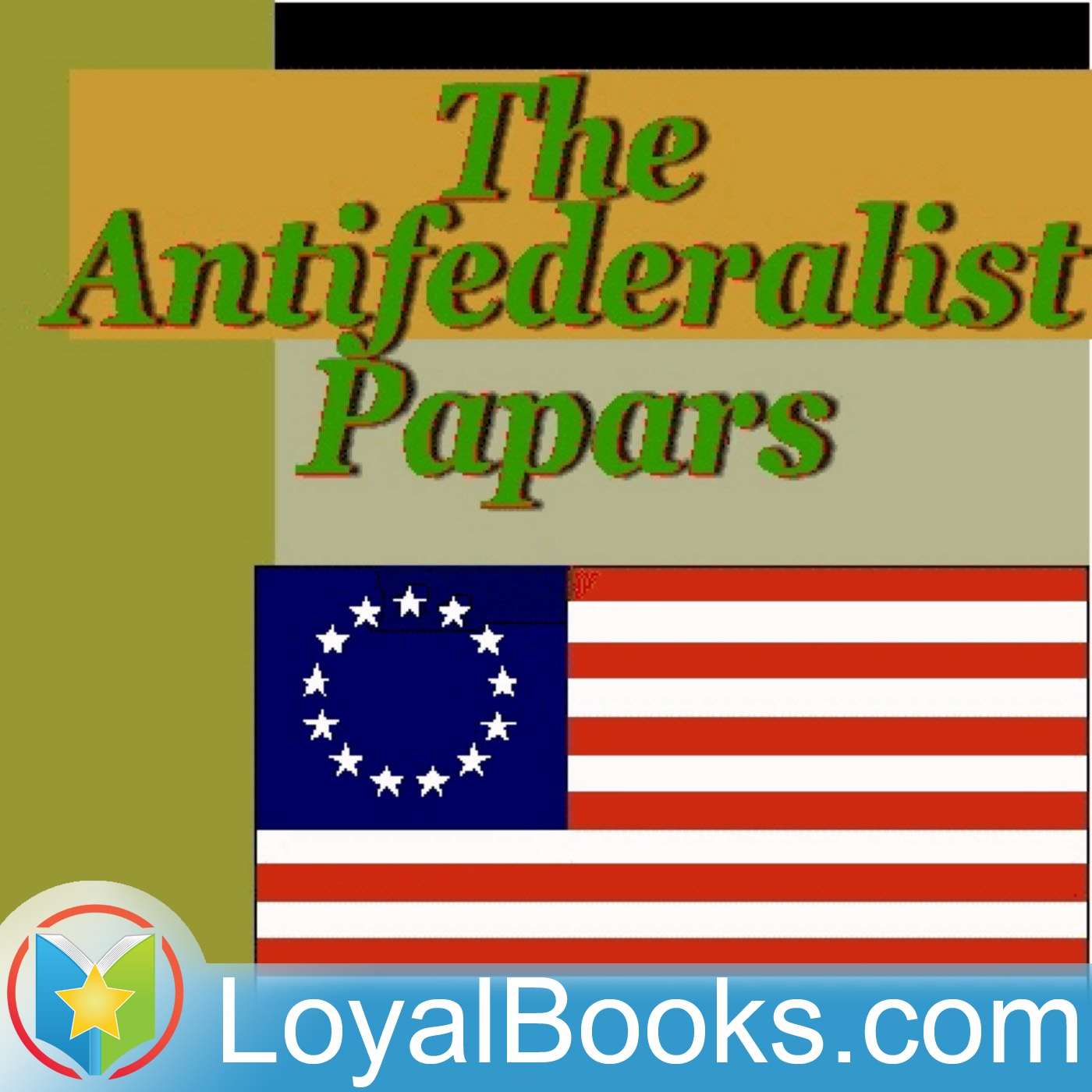

history, and the Federalist Party dissolved centuries ago, but the battles between federalist and anti-federalist ideologies continue into the present day in left and right wing American politics. The most important parts of this debate were decided in the 1700s and 1800s in U.S. Anti-federalists were closely tied to rural landowners and farmers who were conservative and staunchly independent.

The potential consequences of centralized fiscal and monetary policy were especially frightening for some, reminding them of burdensome and unfair taxation. A more centralized American power seemed reminiscent of the monarchical power of the English crown that had so recently and controversially been defeated. However, a more nationalistic identity was the antithesis of some founding political members' ideals for the developing states. The thought was that this concentrated power would allow for standardized fiscal and monetary policy and for more consistent conflict management. to desire for more concentrated federal power. The debt and remaining tensions-perhaps best summarized by a conflict in Massachusetts known as Shays' Rebellion-led some founding political members in the U.S. The American Revolution was a costly war and left the colonies in an economic depression. Thomas Jefferson, James Monroe, Patrick Henry, Samuel Adams.Īlexander Hamilton, George Washington, John Jay, John Adams. Opposed until inclusion of the Bill of Rights. Favored central banking and central financial policies.
#Anti federalist papers free#
history, federalists wanted a stronger national government and the ratification of the Constitution to help properly manage the debt and tensions following the American Revolution.įelt that states were free agents that should manage their own revenue and spend their money as they saw fit.įelt that many individual and different fiscal and monetary policies led to economic struggles and national weakness. history, anti-federalists were those who opposed the development of a strong federal government and the ratification of the Constitution in 1788, preferring instead for power to remain in the hands of state and local governments. This volume includes the complete texts of the Anti-Federalist Papers and Constitutional Convention debates, commentaries, and an Index of Ideas. It also lists cross-references to its companion volume, The Federalist Papers, available in a Signet Classic edition.Įdited and with an Introduction by Ralph KetchumComparison chart Anti-Federalist versus Federalist comparison chart Along with The Federalist Papers, this invaluable book documents the political context in which the Constitution was born. In 1787, these important questions and others were raised by such statesmen as Patrick Henry and John DeWitt as the states debated the merits of the proposed Constitution. What human rights should be safe from government infringement? Should the government be headed by a single executive, and how powerful should that executive be? Should immigrants be allowed into the United States? Should the members of the government be elected by direct vote of the people? The complete texts of the documents that tell the story of the clashes and compromises that gave birth to the Unites States of America. About The Anti-Federalist Papers and the Constitutional Convention Debates


 0 kommentar(er)
0 kommentar(er)
